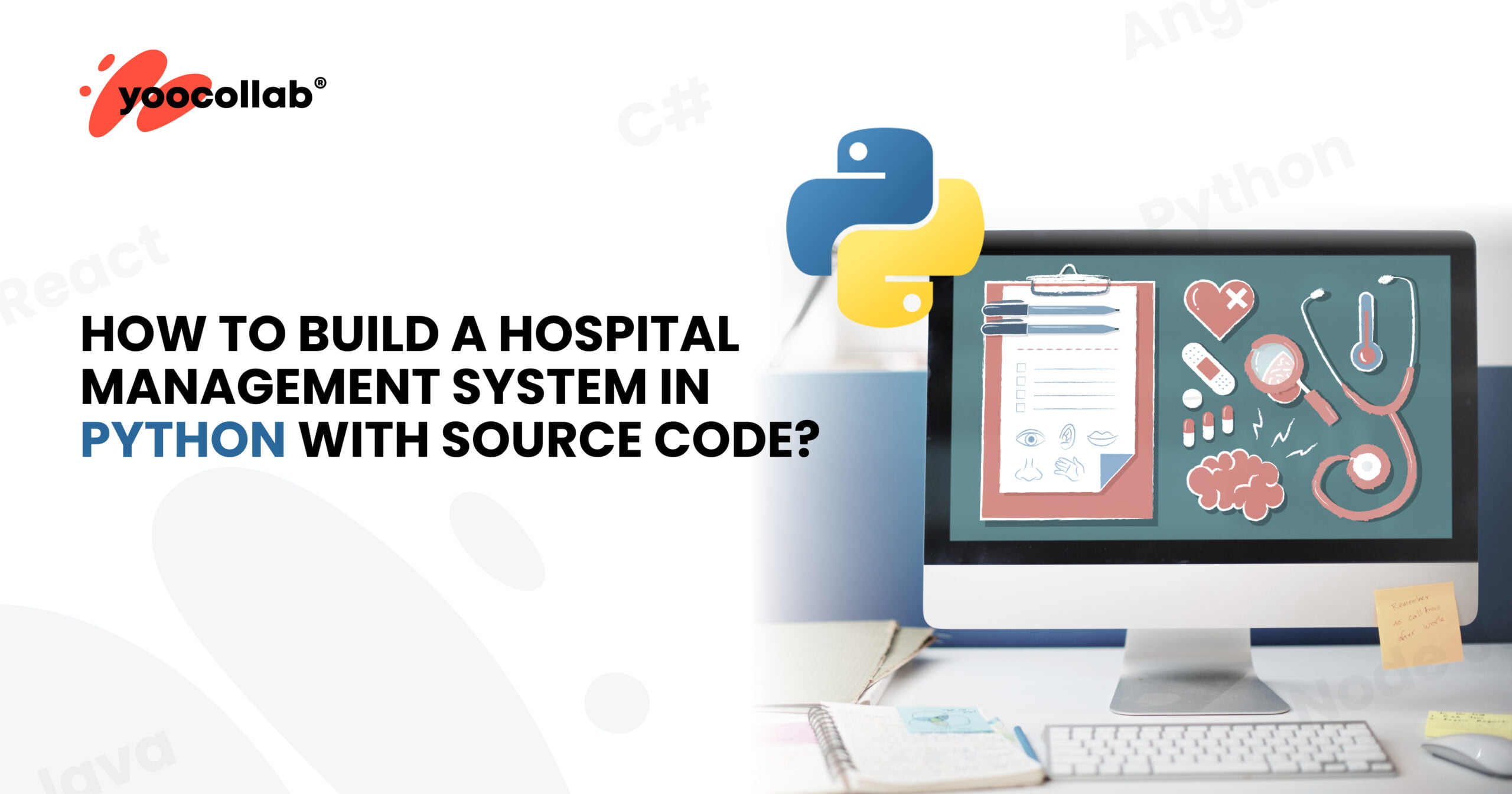
How to Build a hospital management system in Python with source code?
Apr 20,2023
Creating a Hospital Management System (HMS) in Python can be a rewarding project that not only enhances your programming skills but also gives you a comprehensive understanding of how software can streamline healthcare operations. This article will guide you through the process of building a basic HMS in Python, complete with source code examples to get you started.
Introduction to Hospital Management Systems
A Hospital Management System is a comprehensive and integrated information system designed to manage all the aspects of a hospital’s operation, such as medical, administrative, financial, and legal matters, and the corresponding processing of services. With the increasing complexity of healthcare administration and the need for more refined patient care, a well-designed HMS is crucial for any healthcare facility.
Why Python?
Python is known for its simplicity and readability, which makes it an excellent choice for building complex systems like an HMS. It has extensive libraries and frameworks that can help in developing both the backend and the frontend of an application. Additionally, Python’s community support is robust, making it easier to find solutions and documentation for various challenges.
Key Features of a Hospital Management System
Before diving into coding, it’s essential to outline what features our HMS will include. A basic version of an HMS should manage:
- Patient registration and tracking throughout their care
- Appointments scheduling
- Medical records management
- Inventory management for supplies and medications
- Billing and accounting
- Reporting systems for statistics and analytics
Tools and Libraries Required
- Python: The core programming language we will use.
- Flask or Django: These are powerful frameworks for building web applications. Flask provides simplicity and flexibility, making it more suitable for smaller applications or microservices, while Django offers a more holistic approach with more built-in features. Flask, Django
- SQLAlchemy: This is an ORM (Object Relational Mapping) library for handling database operations. SQLAlchemy
- SQLite: A lightweight disk-based database to store our data. SQLite
Step-by-Step Guide to Building the HMS
Step 1: Setting Up the Environment
First, ensure you have Python installed. Then, set up a virtual environment and install Flask (or Django), SQLAlchemy, and other necessary libraries:
python -m venv hms-env source hms-env/bin/activate pip install flask sqlalchemy
Step 2: Database Models
Create your database models. For instance, you can have models for Patients, Appointments, and Medications:
python
from flask_sqlalchemy import SQLAlchemy
db = SQLAlchemy()
class Patient(db.Model):
id = db.Column(db.Integer, primary_key=True)
name = db.Column(db.String, nullable=False)
age = db.Column(db.Integer)
# Add other relevant fields
class Appointment(db.Model):
id = db.Column(db.Integer, primary_key=True)
patient_id = db.Column(db.Integer, db.ForeignKey(‘patient.id’))
date = db.Column(db.DateTime)
# Add other fields
# Additional models as necessary
Step 3: Application Logic
Implement the logic for handling requests and data:
python
from flask import Flask, request, jsonify
app = Flask(__name__)
app.config[‘SQLALCHEMY_DATABASE_URI’] = ‘sqlite:///hms.db’
db.init_app(app)
def add_patient():
data = request.get_json()
patient = Patient(name=data[‘name’], age=data[‘age’])
db.session.add(patient);
db.session.commit();
return jsonify({“id”: patient.id}), 201;
# Add other endpoints
Step 4: Interfaces
You can use templates in Flask to render HTML for user interfaces or build a separate front-end using a JavaScript framework like React or Vue.js.
Step 5: Testing and Debugging
Ensure to write tests for your application and debug any issues. Use tools like Postman to test your API endpoints.
Conclusion
Building a Hospital Management System in Python can be a complex but rewarding project. By following the steps outlined above and utilizing Python’s extensive libraries, you can create a functional HMS that improves operational efficiency and patient care in healthcare settings.
As you can see, building an efficient hospital management system in Python can be made simpler with the right source code. It is also very important to keep track of the medical info and operations as they are critical to ensuring an effective hospital management system. Furthermore, using a modern programming language like Python allows for flexibility when it comes to designing a hospital management system, since Python apps are renowned for being reliable and aesthetically pleasing. Overall, by following this guide and investing some time into creating your own application, you can make sure that your hospital runs in its most efficient state with accurate management on hand.
If you’re looking for more help with managing your hospital or creating advanced software from scratch, consider checking out YooCollab – Our online collaboration platform gives teams unprecedented access to amazing projects to tackle online!